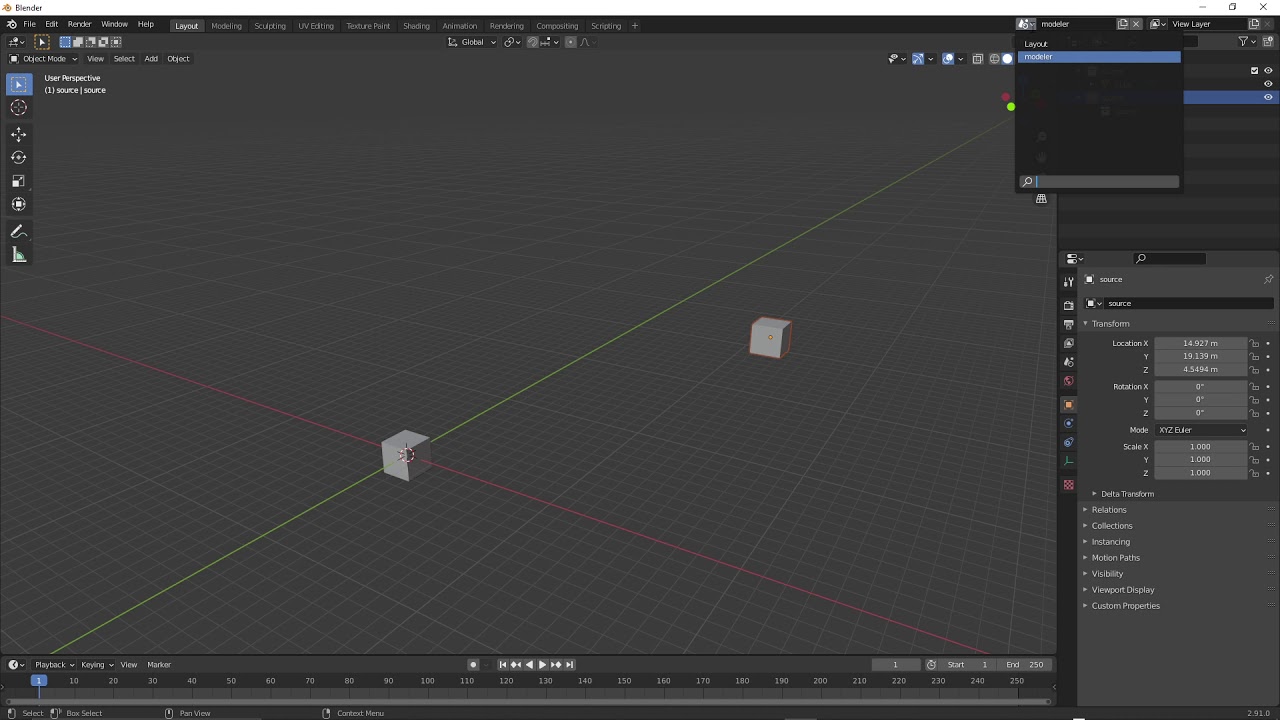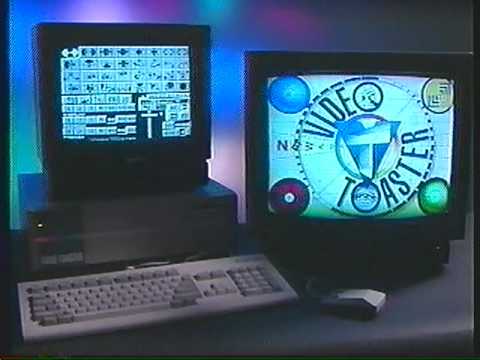Back on topic, it is interesting how much I still think about LightWave. Us old timers all have their nostalgic moments I guess. There was a time when LightWave was this maverick, bold, game changer. I still think about that video I used to watch before I bought my first Toaster. And how they talked about the paradigm shift.
Hilarious now looking at it. Especially the VO.
But, think of it this way. All of us looking at the Toaster at that point and in particular LightWave as a 3D production tool, it really was as advertised. It was a game changer.
LightWave never got good enough to surpass other production tools, such as those used on Jurassic Park 1993.
But it did not have to. It revolutionized another sector of production, TV:
Campy as it seems now, before this, you were not seeing these effects on TV. And honestly as far as sci-fi space footage goes… much of it still holds up pretty good.
LightWave also moved into more visual effects and film but never really surpassed Maya for animation and then the history of LightWave starts to reach the sunset from there on out.
While LightWave was never really the go-to tool for shops like ILM or Pixar and so on, it did not have to in order to make an impact.
And particularly in the beginning. And this should sound familiar with another software…
Blender.
While you can say that it has never or maybe even will never become a production tool of choice in top-end studios, it does not have to to have an impact. And a huge impact it has had. And it is not stopping or showing any signs of slowing down.
Unfortunately we can not say the same for LightWave. It is dying a slow death of neglect. But people still using and swearing by LightWave; I don’t think they should feel they have to defend that fact. If you still use LightWave and will keep using it long after it is dead, is fine. Who can argue with that?
But the broad industry-wide truth, no matter how many studios still use it, is that it is on the way out as a platform. It is certainly a testament to its original design, and the fact it did solely create a revolution in CGI, that it has lasted this long and has gained as many strong roots in the industry. It really did make a large splash and over two decades it permeated film and TV FX.
What LightWave did for CGI in the 1990s and part of the 2000s Blender started doing since about 2010. Blender put professional level 3D tools not just in the hands of people on a modest salary, it put it into the hands of everyone. You could say prior to 2.5 that Blender was capable. But it was still a very closed-nit group. But in the last 10 years it has accelerated at a very rapid pace and over time has gradually mined out various niches in the industry. And to this day Autodesk is still reeling from loosing those small pockets of the market. Now it is starting to encroach on the professional market and eventually larger studios.
So its growth is very different than LightWave which started out with a large splash and kind of grew for a while and then fell away due to neglect by the owners.
Blender on the other hand has gradually, slowly and steadily moved ahead. Kind of like the turtle I suppose. But now it is on pace to make some splashes.
RIP LightWave, you paved the way for a lot of us old timers, and we appreciate what you brought to the table.
But it is time for Blender to take the stage.








